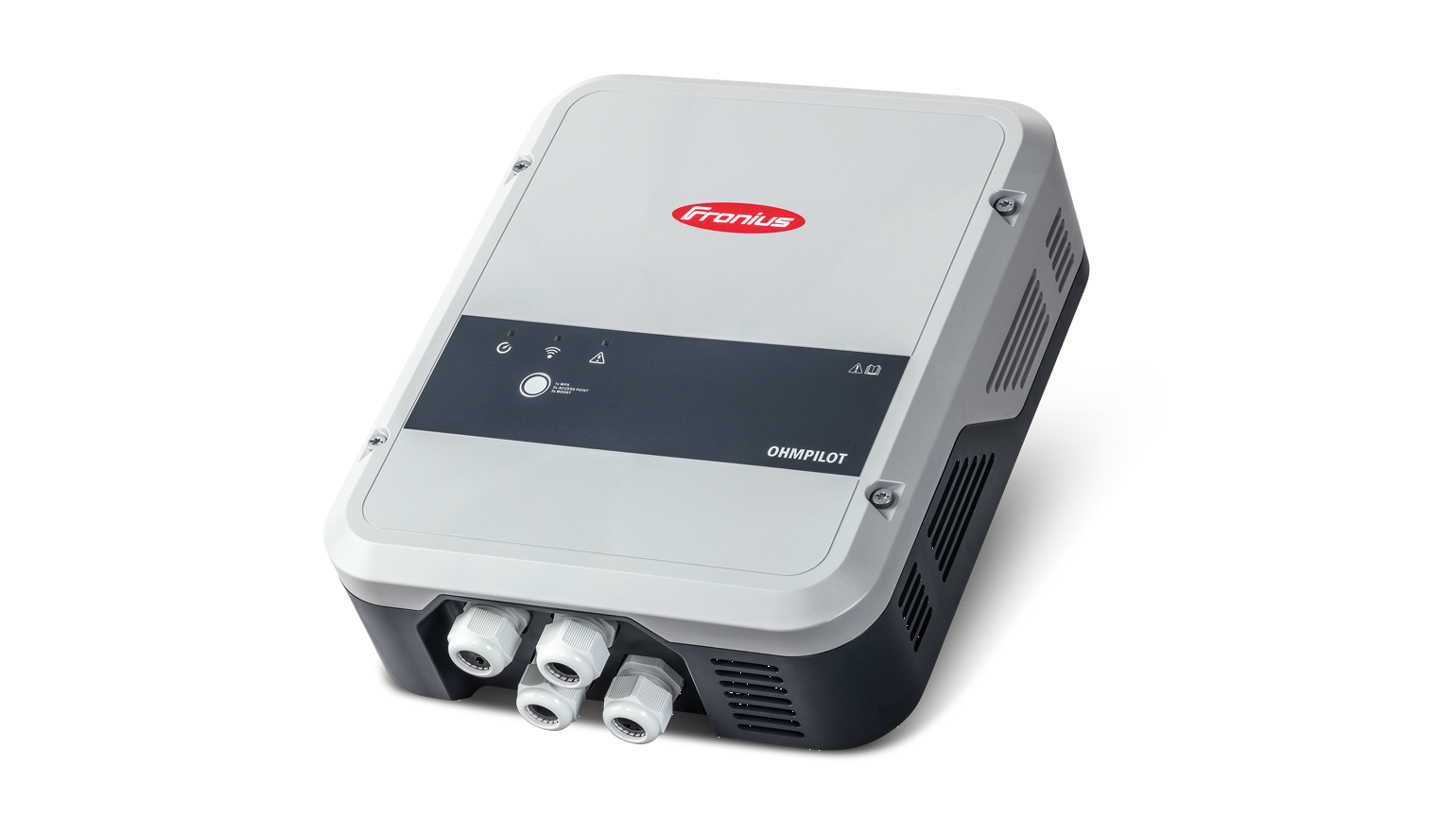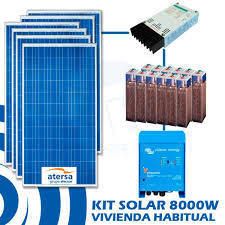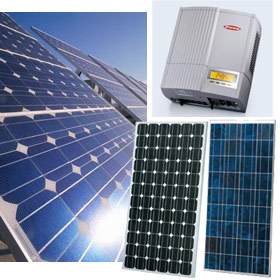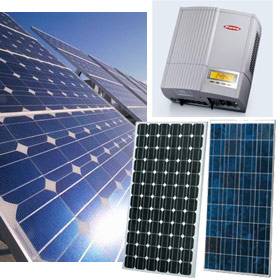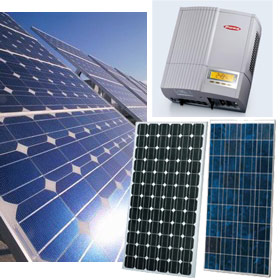The Ohmpilot uses the excess solar energy to use it in water heating and avoid the consumption of gas or the electrical network.
The possibility of wasting the minimum possible amount of energy produced is one of the great advantages of photovoltaics. This is because the installation can be carried out right at the place of consumption, which reduces transport losses to almost 0, or allows the use of batteries to store their surplus.
From today, we have a new option to take advantage of the production surplus of our facility: The Fronius Ohmpilot.
How do you get it?
Usually, the solution we use to avoid wasting production surplus in a facility is batteries, which allow storage of excess energy to be used in cases of zero or insufficient production of the installation.
The Fronius OhmPilot performs a similar function, although its “modus operandi” is based more on the direct use of surplus production.
This small equipment is always installed next to the Fronius Smart Meter, which warns when we have extra energy inside the installation. The connection between both is very simple and highly intuitive.
The Ohmpilot uses this energy for use in water heating systems and thus avoid using the systems from which this type of equipment has always been nourished, such as gas sources or the burning of wood or pellets, more pollutants than photovoltaic generation.
Depending on the time of the year in which we are, the use of the Ohmpilot is greater.
During the cold months, from October to March, the photovoltaic production allows that the heating through the surplus supposes a support to the conventional systems of warming, on which it is possible to reduce the effort that they realize to newspaper, extending this way its useful life .
The situation changes when, during the months with more daylight hours (between April and October), water heating can be carried out directly from the Ohmpilot, which even serves as a storage solution to maintain the water at the desired temperature. continue and take advantage of the surplus in its entirety.
All these functions suppose a considerable reduction of the energetic cost and of broadcasts of CO².
What are you waiting for?

